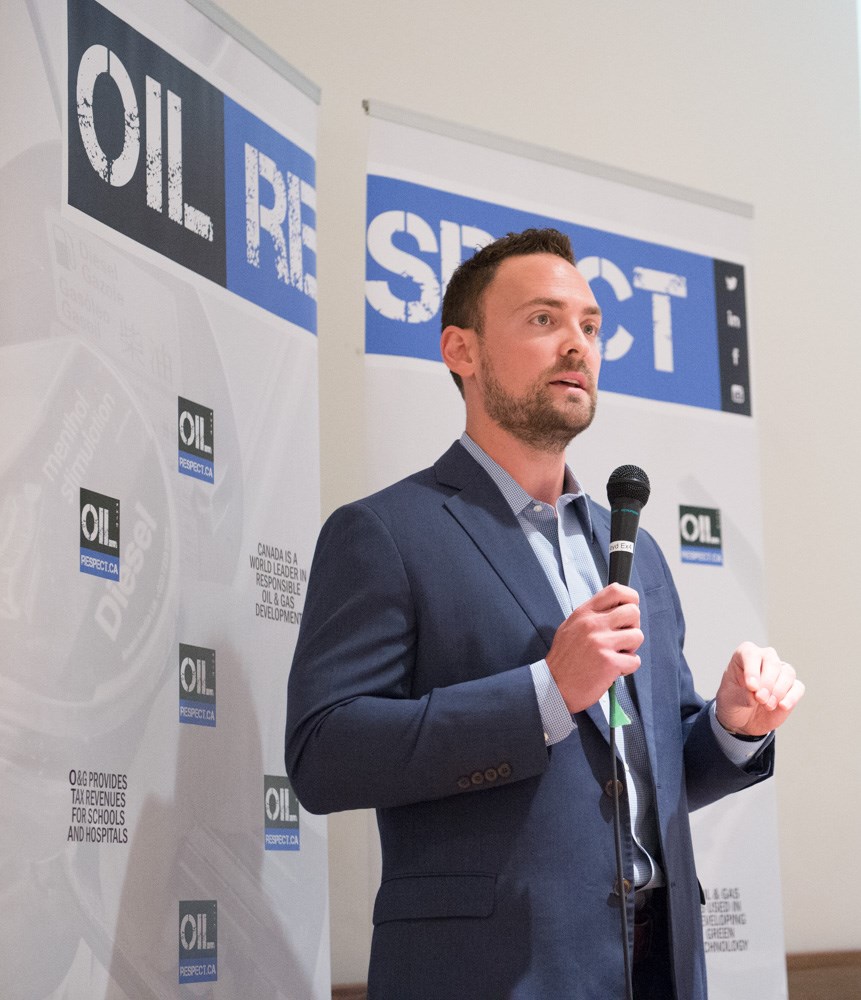Calgary, Lloydminster – On Sept. 7 the Canadian Association of Oilwell Drilling Contractors (CAODC) took the unusual step in announcing a revised 2016 Q4 drilling forecast.
The new forecast projected 3,562 wells drilled in 2016, a decrease of 25 per cent from original forecast of 4,728. Projected operating days fell 28 per cent from original forecast of 56,260 to 40,252. The projected rig count for the fourth quarter is now 140 – a decrease of 31 per cent from original forecast of 204.
The fleet has already contracted 87 rigs to 671 from 758.
All told, the CAODC forecast a 69 per cent decrease in employment from 2014 levels, a loss of approximately 34,560 jobs.
CAODC president Mark Scholz spoke to roughly 40 people on Sept. 15 at the Lloydminster Heavy Oil Show, part of the organization’s ongoing Oil Respect campaign. Afterwards he spoke with Pipeline News.
“We normally revise our forecast at the end of quarter one. We felt at the end of quarter one, the industry was so volatile that we decided to maintain our existing forecast, because it was anybody’s guess how poor 2016 was going to end up being,” Scholz said. “Once we looks at quarter one and quarter two actuals, we decided we needed to put out a revised forecast, because our existing forecast from November 2015 wasn’t even close to what reality was in the patch.”
“We revised our forecast down by about 25 per cent down in wells and overall operating days.”
He added, “2016 will go down as the worst year, since we’ve been collecting this information, since 1977. It’s the worst year in a generation.”
Scholz wasn’t even born in 1977.
Companies have been cutting up drilling rigs, as reflected by the contraction in the fleet size. “We’ve lost about 90 rigs this year,” he said.
“Companies are looking at determining what are their most marketable rigs in a time like this. (They are) getting equipment that is not appropriate for the wells being drilled now off their books and out of the inventory.”
Some new rigs have been added to the fleet, but Scholz said most of those rigs would have been started prior to the downturn.Â
CAODC will be releasing its 2017 forecast on Nov. 22, 2016.
“If you ask 12 analysts where prices are going to go, you’re going to get 12 very different answers. There is so much volatility in this market space, I don’t think anybody knows where things are going to go. The problem with volatility is that, even if it gets to US$55 per barrel, it has to stay there. People are not going to be deploying capital unless they know things have stabilized. We’ve seen this train go from US$50, a hold, come down to US$42, go back up to US$48, come back down to US$43. In order for us to get that confidence, it has to hold between US$50 to US$55 for six to 10 months,” he said.
“Many of the cost savings are not sustainable. On the service side, the day rates and hourly rates that drilling rigs and service rigs are operating at are not sustainable. It is not indicative of a healthy business model, for business success. I think, overall, the producers have done what they need to do to stay competitive. That is going to make the industry more competitive and positioned to see growth in the future.”Â
CAODC is concerned about government fiscal and regulatory policies making a bad situation worse. “The introduction of new carbon taxes and higher corporate taxes in Alberta, compounded with federal delays on new pipelines and LNG approvals, are creating significant investment uncertainty in Canada. Although government does not have control over the price of oil, it has influence in ensuring Canada is an investment destination of choice once the industry recovers,” said Scholz in the Sept. 7 release.
He noted that by the end of the year, we will know the fate of a number of critical pipeline projects and whether LNG exports will become a reality in British Columbia. The ability to export Canada’s resources has a dramatic impact on our national economy. “If the federal government is serious about strengthening the middle class and creating long-term employment opportunities for Canadians, it needs to approve these projects,” concluded Scholz.




